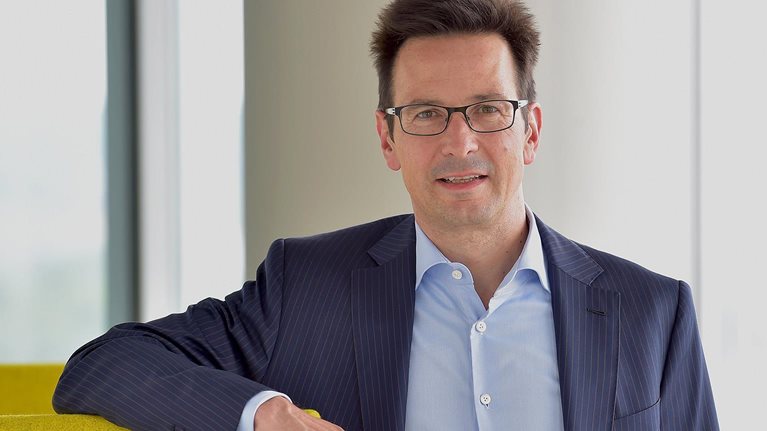Despite their best intentions, executives fall prey to cognitive and organizational biases that get in the way of good decision-making. In this series, we highlight some of them and offer a few effective ways to address them.
Our topic this time?
When the question—not the answer—is the mistake
The dilemma
Marketing executives at an international e-commerce retailer noticed a decline in average order value (AOV) and decided to take action. They met with the analytics team and asked, “Which promotions will increase AOV the fastest?” The team’s answers led to experiments with advertising, bundled discounts, price cuts, and upsell offers.
The promotions generated significant short-term spikes in AOV. However, over the long term, customer engagement and profit margins continued to slide. Six months later, customer surveys revealed that the real problem was declining trust in product quality and delivery reliability. That’s when leaders realized that in their attempts to address the short-term spikes in demand, they had put additional strain on the company’s manufacturing and supply chain and had, in fact, exacerbated their product quality and delivery issues.
The executives’ original question had framed the issue as a pricing and promotion problem, which not only didn’t solve the company’s underlying problems but also made them worse. The experience demonstrated that a good answer to the wrong question can be just as devastating as a bad one.
The research
The framing effect is a well-documented cognitive bias in which people with identical information make different decisions based on how the information is presented. Research by Amos Tversky and Daniel Kahneman showed that the way a problem is presented can heavily influence the options people consider and the decisions they make.1 Additional studies have shown that groups are just as susceptible to the framing effect as individuals, particularly in high-stakes or uncertain situations.
A frequent consequence of the framing effect is asking misguided questions. In business settings, framing an issue too narrowly or embedding unchallenged assumptions often leads teams to ask the wrong question. The right questions are crucial as generative AI and agentic AI assume central roles in the workplace, because these tools will confidently generate or act on whatever they’re given, even if the original framing is flawed.
One of the most haunting examples of the framing effect occurred during the lead-up to the Challenger space shuttle disaster. Engineers for the contractor had warned that cold temperatures could affect the O-ring seals in the rocket boosters and recommended postponing launch at temperatures below 53°F—the coldest temperature at which the O-rings had been tested. Concerned about long delays, NASA held an emergency conference call the night before launch to ask the contractors for proof that it was unsafe to launch—proof that they did not have.2
The tragedy the next morning revealed the flaw in the framing. Some parts of the space shuttle were sitting in an ambient temperature of only 28°F.3 The team needed to have asked, “Do we have any evidence the seals will hold below freezing?” The answer would have been, “No, we’ve never tested the O-rings in such conditions.”
By framing the discussion abstractly, rather than anchoring a specific question to the actual temperature forecast, NASA missed a critical warning—and the mission ended in disaster.

Bias Busters
The remedy
One way to compensate for the framing effect is to “follow the thread”—that is, reverse engineer decisions by starting with the desired outcome, tracing back through the actions and decisions that led to it, and identifying the right question to ask.
When customer surveys revealed issues with quality and reliability, leaders at the e-commerce retailer followed the thread to clarify their goal—profitable growth through customer loyalty—and landed on the question they should have asked earlier: “What do we need to do to rebuild trust?” This led to greater investment in product quality and a company-wide focus on on-time delivery.
Counteracting the framing effect begins by challenging the problem’s definition. Rather than accepting the frame as given, teams benefit from broadening their inquiry. One proven debiasing method is to invite constructive dissent—devil’s advocates, challengers, or red team–blue team exercises—not just to question answers, but to question the questions.
Leaders can foster better decisions by supporting this kind of reframing. It may seem costly to slow down and reflect, especially under pressure. But patience can pay off—because a brilliant answer to the wrong question is still the wrong answer.


